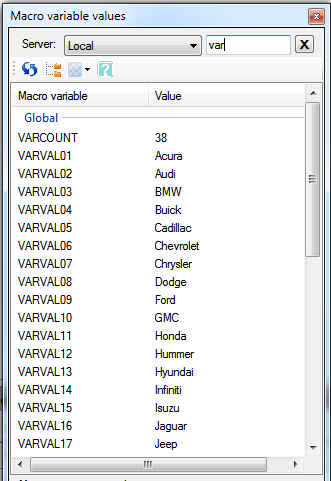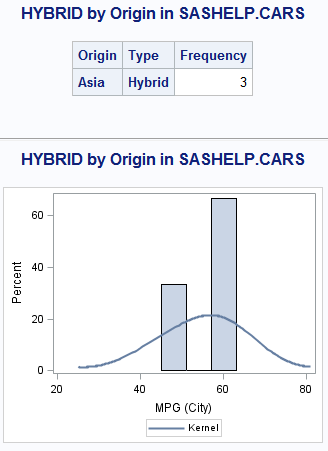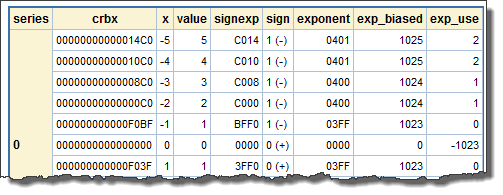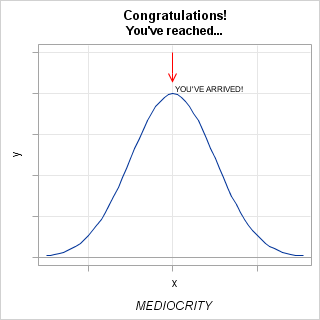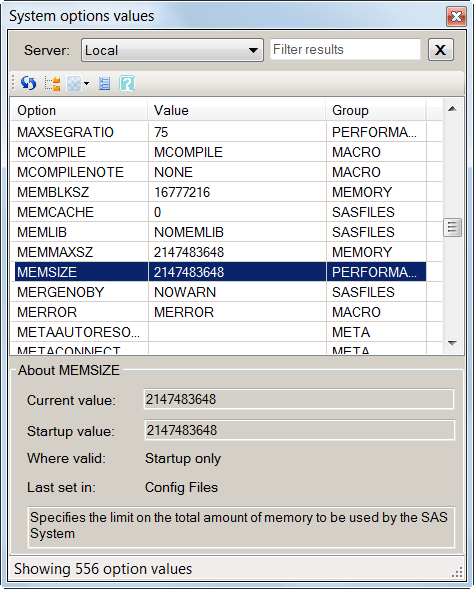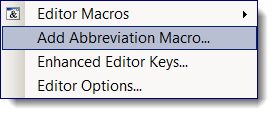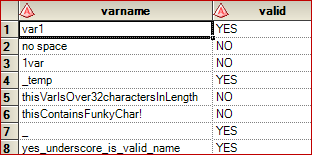
Regular expressions provide a powerful method to find patterns in a string of text. However, the syntax for regular expressions is somewhat cryptic and difficult to devise. This is why, by my reckoning, approximately 97% of the regular expressions used in code today were copied and pasted from somewhere else.



